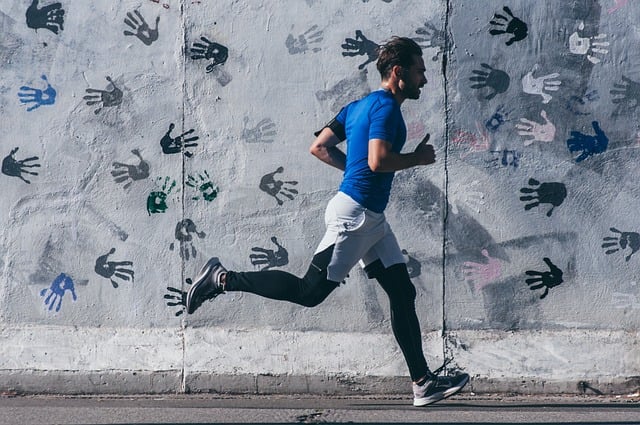Maintaining a clean, organized facility is key to business success, boosting productivity and employee satisfaction. 5S training and lean management principles offer effective strategies for workplace organization through sorting, setting in order, cleaning, standardizing, and sustaining. This Japanese method saves time and resources, fosters innovation, and creates an efficient workspace environment. Integrating 5S continuous improvement with lean management ensures high cleanliness standards and drives operational excellence, empowering employees to maintain a culture of continuous learning and improvement.
In today’s competitive business landscape, a clean and organized facility is more than just an aesthetic concern—it’s a strategic advantage. This article explores a comprehensive facility cleanliness strategy that leverages the powerful principles of 5S training and Lean management to enhance productivity and employee satisfaction. By implementing process standardization, we delve into how continuous improvement can be achieved while ensuring a vibrant, efficient workplace organization.
- Understanding the Importance of Facility Cleanliness
- Implementing the 5S Training and Lean Management Principles
- Continuous Improvement Through Standardization of Processes
Understanding the Importance of Facility Cleanliness

Maintaining a clean and organized facility is more than just a matter of aesthetics; it’s a cornerstone of success for any business or organization. In today’s competitive landscape, workplace cleanliness plays a pivotal role in enhancing productivity, employee satisfaction, and overall operational efficiency. A tidy environment doesn’t just improve visual appeal; it also contributes to better air quality, reduces the risk of accidents, and fosters a positive psychological impact on staff, leading to increased morale and engagement.
Implementing strategies like 5S training and lean management principles can revolutionize facility cleanliness. 5S—which stands for Sort, Set in Order, Shine (clean), Standardize, and Sustain—is a proven method for achieving workplace organization and continuous improvement. Process standardization ensures that cleaning routines become second nature, and regular reviews help maintain high standards over time. This not only saves time and resources but also creates an atmosphere conducive to innovation and collaboration, solidifying the facility’s position as a vibrant and efficient workspace.
Implementing the 5S Training and Lean Management Principles

Implementing a robust 5S training program is a cornerstone of any effective facility cleanliness strategy. This Japanese method emphasizes sorting, setting in order, shining (cleaning), standardizing, and sustaining—a set of principles that promote workplace organization and continuous improvement. By teaching employees these practices, facilities can achieve a clean, efficient, and safe working environment. 5S training encourages team members to take ownership of their spaces, fostering a culture of accountability for maintaining high cleanliness standards.
Lean management methodologies complement the 5S approach by focusing on eliminating waste and streamlining processes. These principles involve analyzing every step in cleaning operations to identify inefficiencies and implement process standardization. By adopting lean techniques, facilities can optimize their cleaning procedures, reduce time wasted, and enhance overall productivity. Integrating 5S training with lean management ensures a comprehensive strategy that not only maintains exceptional cleanliness but also drives operational excellence across the facility.
Continuous Improvement Through Standardization of Processes

Implementing a culture of continuous improvement is vital for maintaining a clean and efficient facility. Standardization of processes, often achieved through 5S training and lean management principles, plays a crucial role in this journey. By teaching employees the 5S methodology—Sort, Set in Order, Shine (Clean), Standardize, and Sustain—organizations can transform their workplaces into organized, streamlined environments. This involves identifying and eliminating waste, arranging tools and equipment for easy access, maintaining high cleanliness standards, and establishing consistent practices.
Workplace organization through process standardization ensures that tasks are completed efficiently and effectively. It encourages a mindset of constant refinement, where every step in the cleaning process is scrutinized and optimized. Regular 5S training sessions can foster a culture of continuous learning and improvement, empowering employees to take ownership of facility cleanliness and contribute to overall operational excellence.
A robust facility cleanliness strategy involves integrating 5S training and Lean management principles to foster a culture of workplace organization. By implementing these methodologies, businesses can achieve significant improvements in efficiency and hygiene. Continuous improvement is the key, and this is primarily enabled through the standardization of processes. Such practices not only enhance operational excellence but also contribute to a healthier, safer, and more productive environment for employees and visitors alike.
